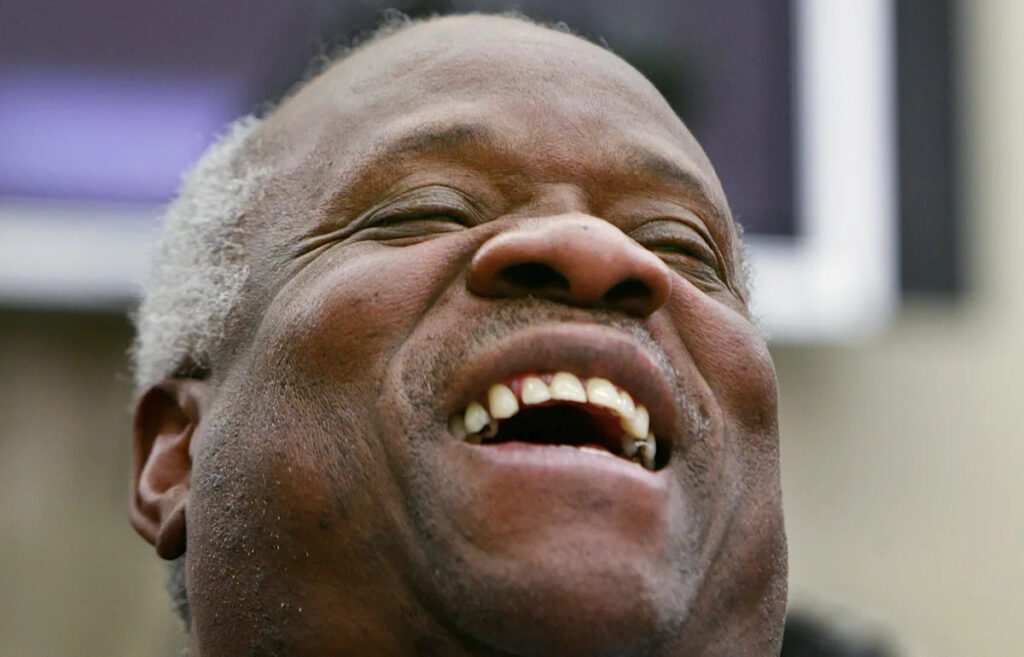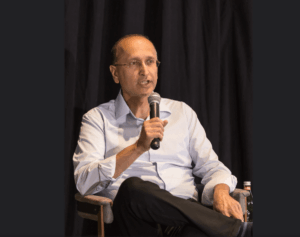
The Supreme Court upheld a Texas anti-pornography law on Friday, a decision that has stirred controversy due to its resemblance to a federal law struck down over two decades ago. The ruling in Free Speech Coalition v. Paxton has raised questions about the Court’s consistency, as Justice Clarence Thomas’s opinion attempts to reconcile this decision with past precedents.
Justice Thomas’s opinion, spanning over a dozen pages, argues that the decision aligns with previous Court rulings, despite dissent from all three Democratic justices. The ruling introduces significant changes to the Court’s approach to free speech protections for pornography, marking a shift in judicial interpretation.
Historical Context and Legal Precedents
The Court’s decision in Free Speech Coalition contrasts sharply with its 2004 ruling in Ashcroft v. ACLU, where a federal law requiring age verification for pornographic websites was struck down. The Court at that time recognized the technological limitations in preventing minors from accessing such content without infringing on adults’ First Amendment rights.
Historically, the Court has maintained that shielding children from sexual material does not justify blanket bans, especially when less restrictive alternatives exist. This principle was established in cases involving phone sex lines and televised pornography, emphasizing adults’ rights to access sexual material.
Technological Advancements and Legal Shifts
The Free Speech Coalition ruling reflects changes in technology, acknowledging that the internet is now more pervasive and capable of implementing age-verification systems. Consequently, laws like the Texas statute are now subject to “intermediate scrutiny,” a less stringent test than the “strict scrutiny” applied in Ashcroft.
Under intermediate scrutiny, a law is upheld if it advances significant governmental interests without excessively burdening free speech. Justice Thomas identified “shielding children from sexual content” as the governmental interest in this case.
Privacy Concerns and Public Reaction
The ruling has sparked concerns over privacy, as it implies that adults may not have a legal right to keep their consumption of sexual material private. Plaintiffs argued that the stigma surrounding pornography could deter adults from submitting identification for age verification, fearing data breaches or exposure of their private lives.
“The use of pornography has always been the subject of social stigma,” Justice Thomas wrote, dismissing privacy concerns as insufficient to exempt the industry from regulation.
This stance raises questions about the extent to which privacy arguments can be used to challenge anti-pornography laws in the future.
Implications for Judicial Processes
The decision suggests a potential end to the era of minimal regulation on sexual speech, with the government poised to play a more active role in regulating online content. This marks a departure from the libertarian approach that characterized past Court decisions.
Historically, the First Amendment’s broad interpretation has protected various forms of speech, including sexual content. The Court’s attempts to distinguish protected from unprotected sexual speech have often led to subjective and controversial judgments, as seen in the infamous “I know it when I see it” standard.
Future Challenges and Judicial Burden
The ruling could lead to increased judicial scrutiny of online content, with judges potentially tasked with determining the artistic or scientific value of materials on platforms like Pornhub. This scenario echoes the Court’s past struggles with subjective evaluations of sexual content.
As Texas’s law incorporates past Supreme Court decisions, judges may find themselves revisiting the challenges of applying vague standards to contemporary content. The decision may also prompt further legal challenges and appeals, adding to the judiciary’s workload.
In conclusion, the Supreme Court’s ruling in Free Speech Coalition v. Paxton represents a significant shift in the legal landscape surrounding pornography and free speech. The implications of this decision will likely unfold in the coming years, as courts grapple with its application and the broader societal impacts.





